The European Commission has formally announced a target to cut the bloc’s greenhouse gas emissions by 90% by 2040, versus 1990 levels.
This intermediary goal, which aligns with the recommendations by the European Scientific Advisory Board on Climate Change, bridges the gap between the EU’s existing targets to cut net emissions 55% by 2030 and reach net zero emissions by 2050.
It implies a brisk move away from fossil fuels, including in hard-to-abate sectors like heavy industry and agriculture.
“The EU’s new climate target sets a strong north star for where the region should be by 2040 to reach net zero by 2050 and maintain a liveable future,” Stientje van Veldhoven, vice president and regional director for Europe at the World Resources Institute, said in a statement.
“Achieving this target will require each EU country to strengthen its own national climate plan and get to work on swiftly implementing them.”
Yes, but: Some sectors will be more difficult to decarbonise than others, particularly in the face of resistance to disruptive change.
The Financial Times reported that the European Commission’s roadmap on slashing emissions no longer includes a reference to a 30% cut in methane, nitrogen and other gases linked to farming, following widespread demonstrations by farmers in France, Germany, Belgium and Italy.
“As the recent farmers’ protests across Europe have shown, governments will need to build greater trust and collaboration with farmers to enact these changes, ensuring these are good for farmers, climate and nature at the same time,” van Veldhoven said.
Including agriculture in the EU Emissions Trading Scheme would be “a positive step,” as this could mobilise funding for farmers who are committed to sustainable agricultural practices.
Next steps: “Now, the EU should lead the way by being one of the first parties to submit a new national climate plan (NDC) to the UN, which are due in early 2025 — one that could set the benchmark for other countries,” van Veldhoven said.
“This plan should set out the steps along the way needed to achieve the 2040 target, putting forth a strong 2035 emissions target and revised 2030 target, and actionable plans to transform each sector.”





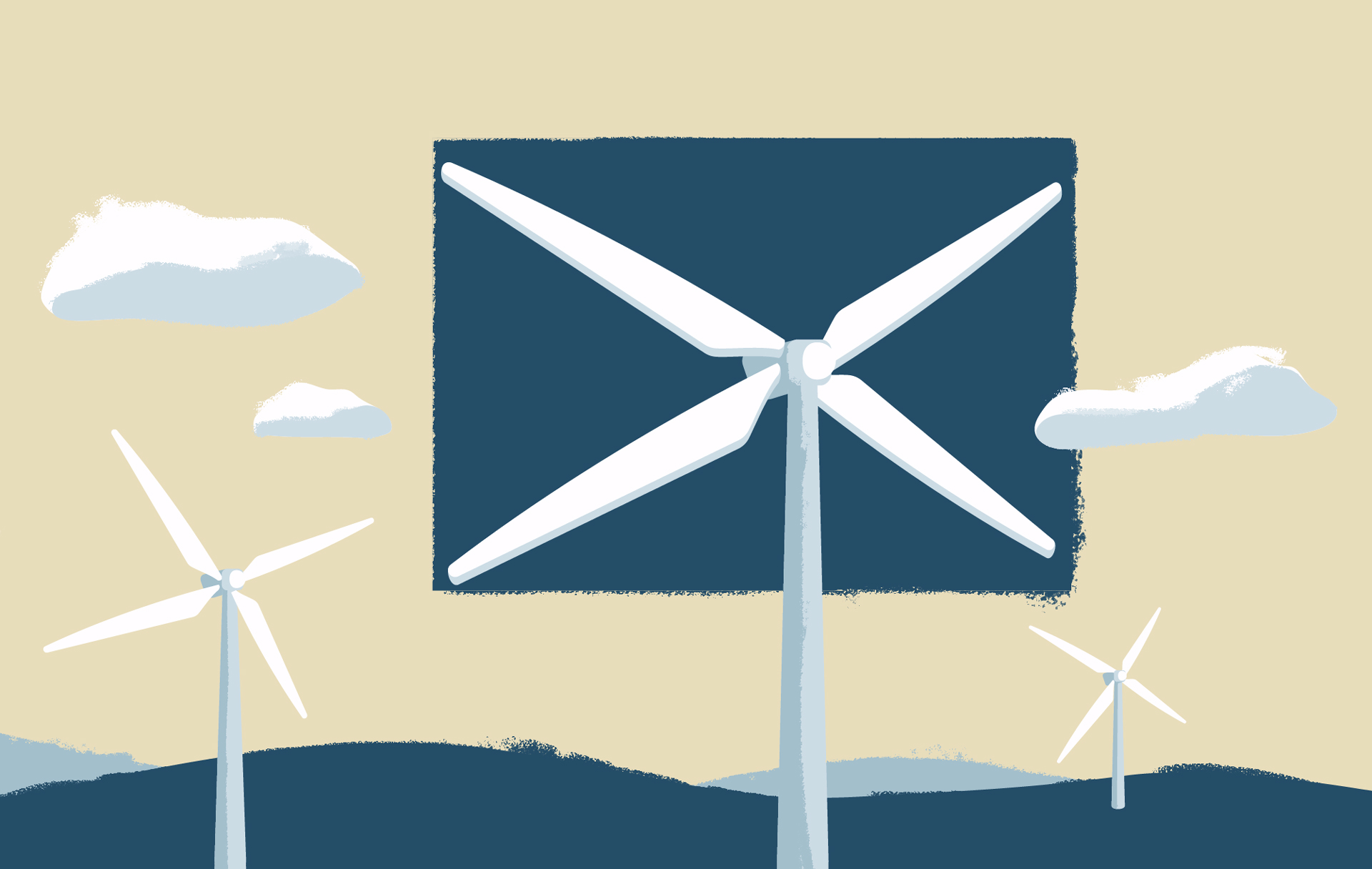
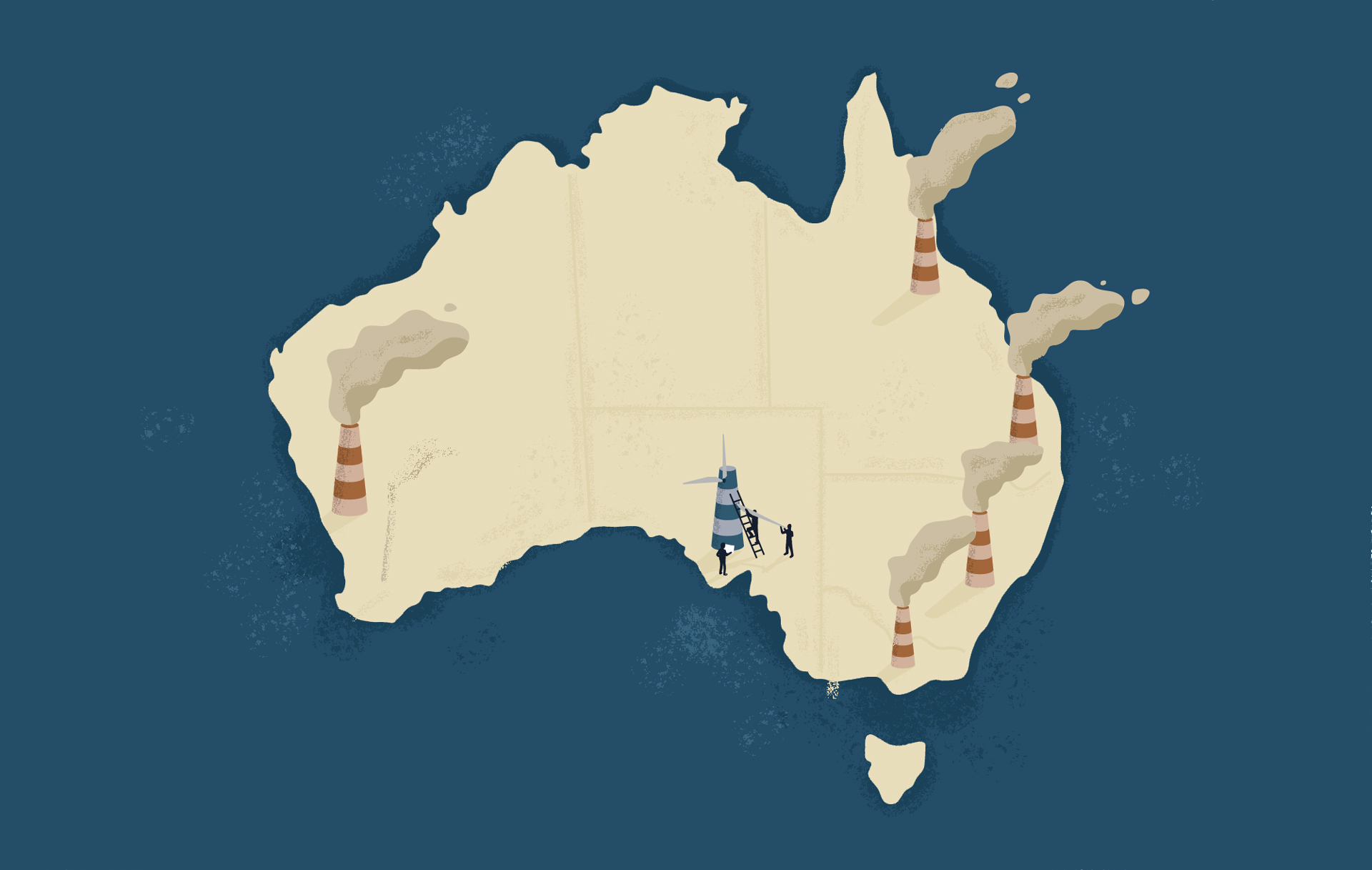
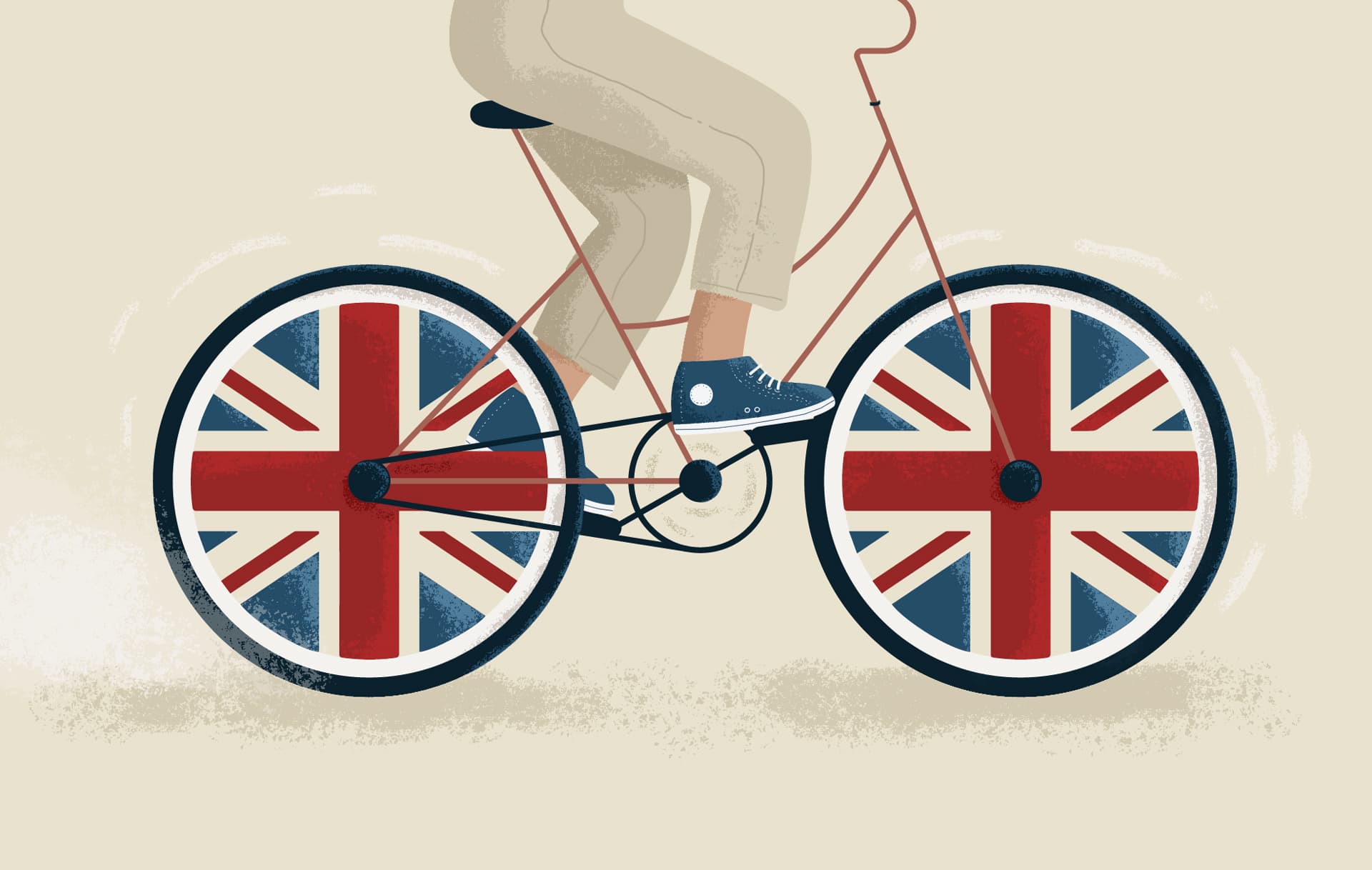

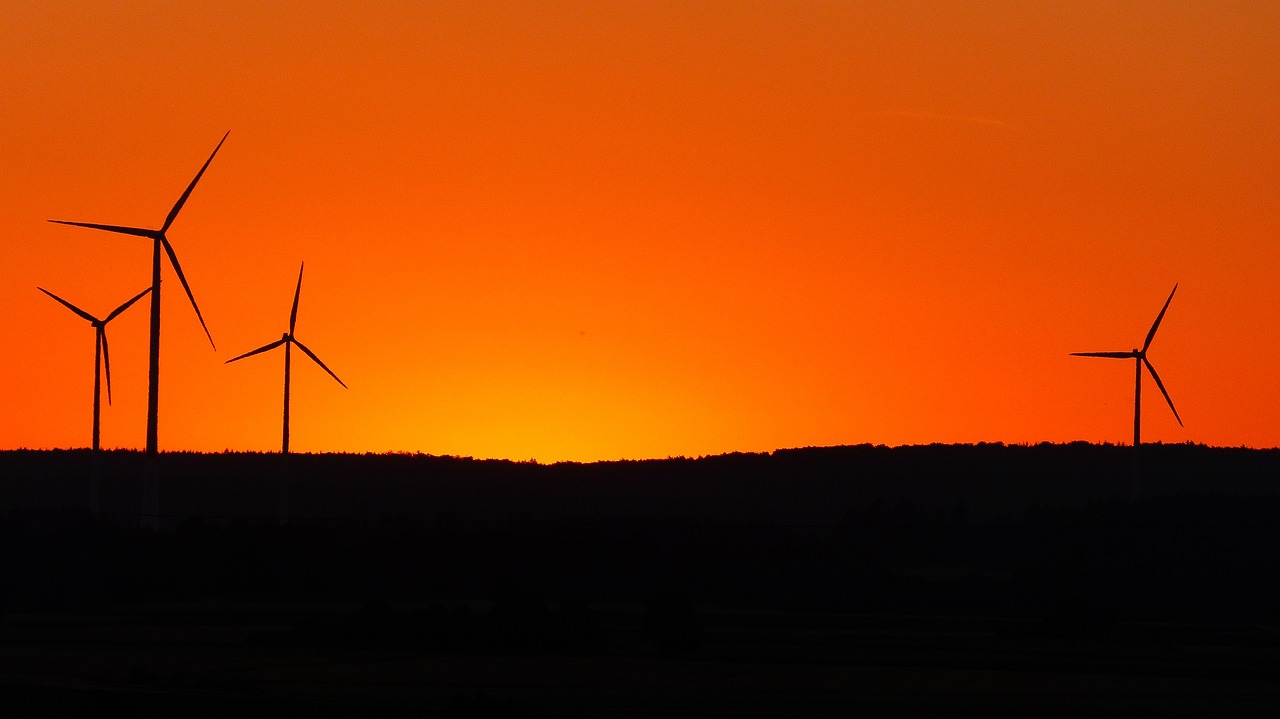
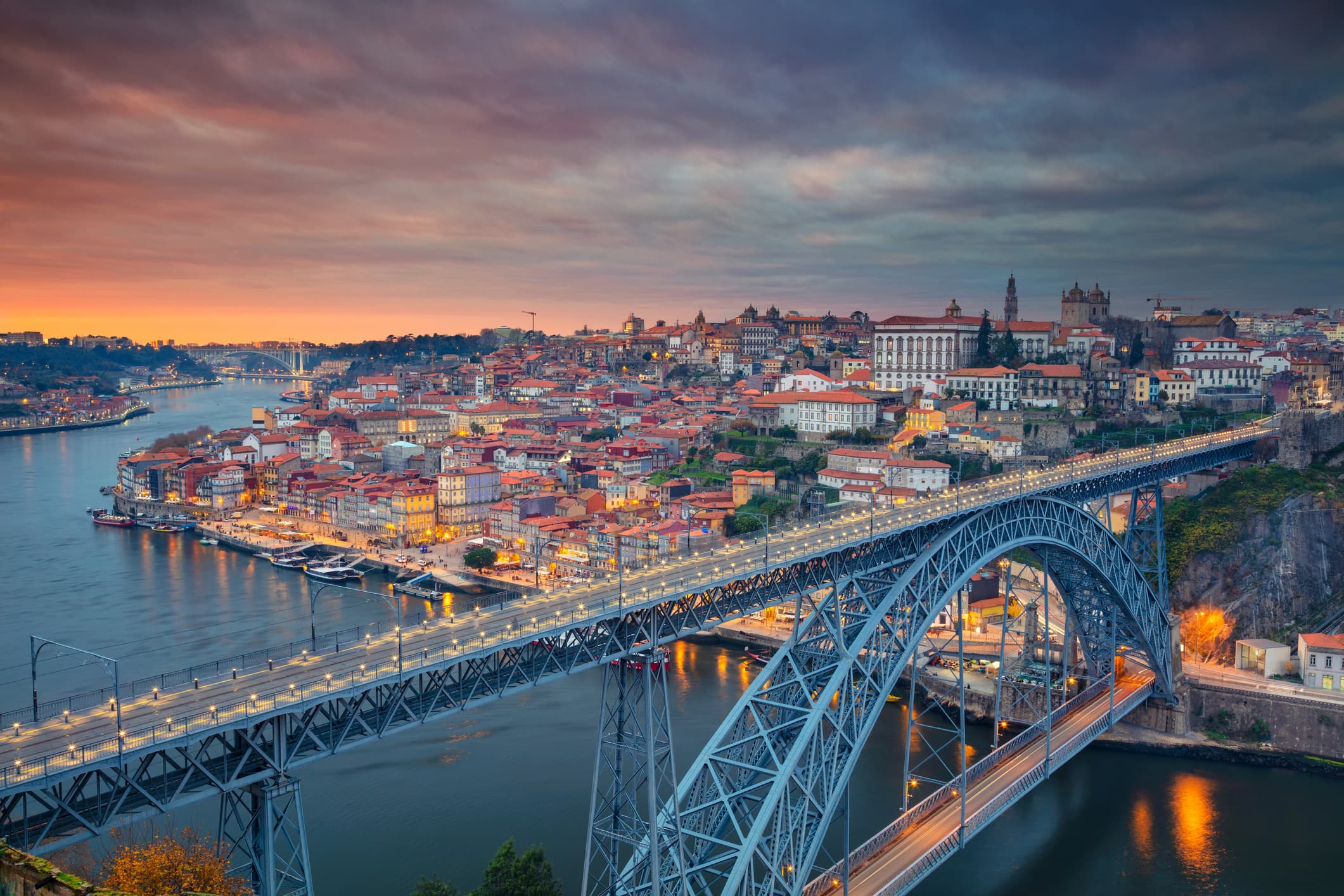
One Response
This is owesome